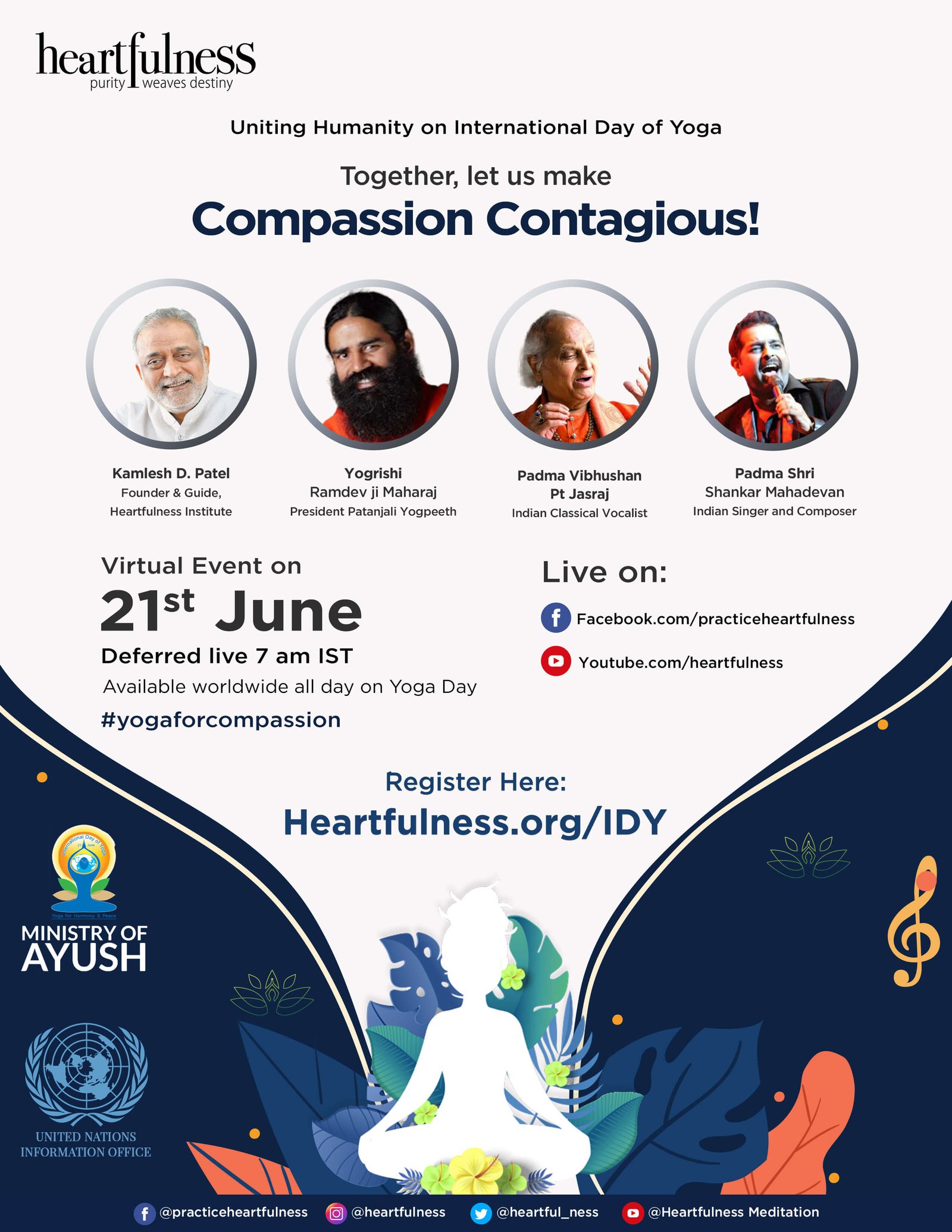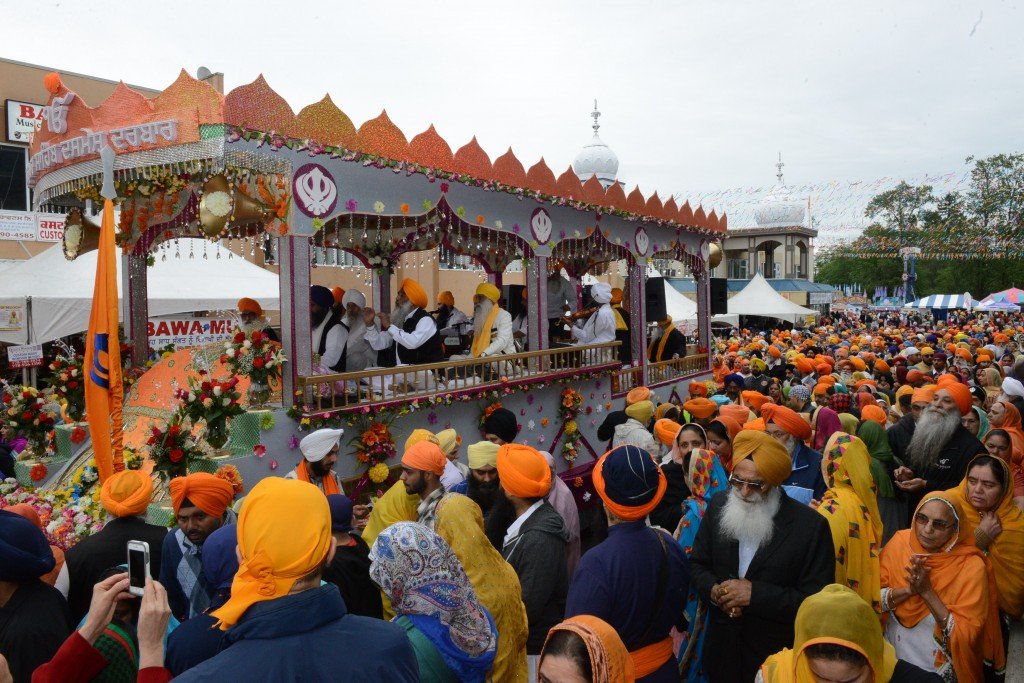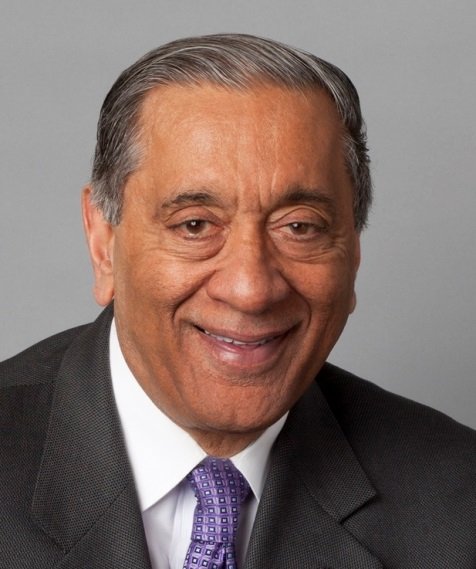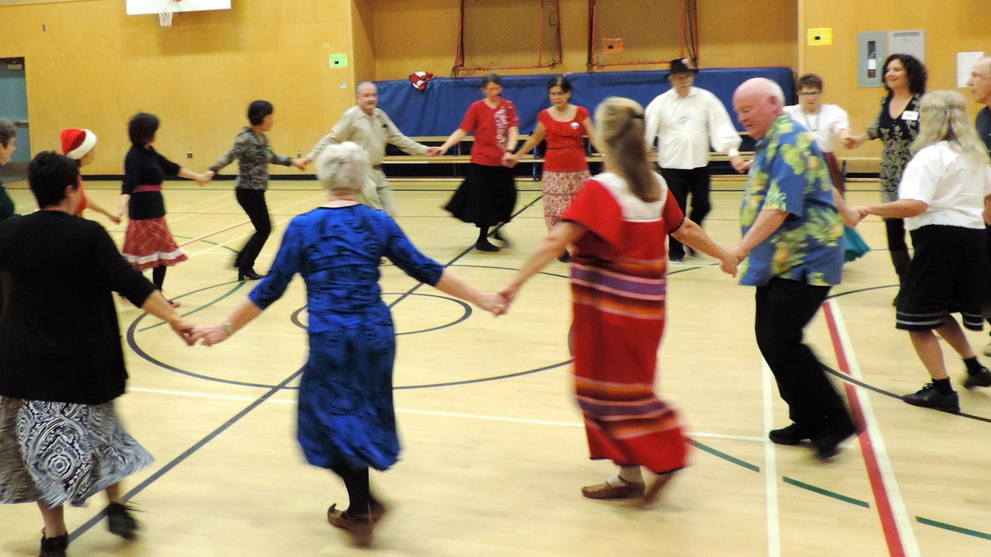DESIBUZZCanada
Events Listings
Dummy Post

International Day Of Yoga To Be Virtually Celebrated Saturday At 4pm

CANCELLED: Coronavirus Fears Kills Surrey’s Vaisakhi Day Parade

ADVERTISE WITH US: DESIBUZZCanada Is The Most Read South Asian Publication Online

SURREY LIBRARIES: Get Technology Help At Surrey Libraries

WALLY OPPAL: Surrey Police Transition Update On Feb. 26

GONE ARE THE DAYS - Feature Documentary Trailer

Technology Help At Surrey Libraries

Birding Walks

Plea Poetry/short Story : Youth Contest

International Folk Dancing Drop-in Sessions
Slavery: How Manusmriti In India And America’s Jim Crow Laws Created Slavery And Violence Against Dalits And Black-americans
- May 10, 2019

POSTED BY: DESIBUZZCANADA MAY 10, 2019

Jim Crow was a legitimized and even legalized anti-black racism which relegated African Americans not only as second-class citizens but designated them into a “way of life” by White Americans who had the rights to be discriminatory. Similarly, Manusmriti, a manual written by self-proclaimed saint Manu centuries ago, stratified society into four classes where Shudras’ (classified as the lowest of the four classes) main job description is described as to look after the above three classes. Manu also recognized the existence of un-coded fifth class, as being the lowest of the lowest or “untouchables.” Both the Shudras and the “untouchables” are also known as Dalits in present-day India.

By Promod Puri
An objective parallel can be drawn between the racial caste system, known as Jim Crow in the history of the United States between 1877 to late 60s, and the inhumane treatment of low-caste Hindus triggered by the centuries-old caste culture of India.
Jim Crow was a legitimized and even legalized anti-black racism which relegated African Americans not only as second-class citizens but designated them into a “way of life” by White Americans who had the rights to be discriminatory.
(Jim Crow is a fictional name caricatured of a “clumsy, dimwitted black slave singing a tune called ‘jump Jim Crow’ in Louisville, Kentucky.” It was a creation of a White actor, Thomas Dartmouth “Daddy” Rice donned with blackface, and who staged jokes and songs in the typical accent of slave dialect.)
From church to the state, educational institutions at all levels to active civic groups, newspapers to politicians, all geared up under one belief that Whites were the Chosen people of God. Blacks lack morality and civilized behavior.
Blacks were cursed to be servants, and culturally and intellectually inferior. Ministers and theologians warned of any social integration with the Blacks including sexual relationship as that would produce a mongrel race. That could result in a change of the American character. New terms were created for Blacks like niggers, coons, and darkies.
It is a long list of customized Jim Crows laws and social behaviors expected from the Blacks towards the White population which reveals how discriminatory, unethical and cruel nature of these practices were against a segment of humanity with darker skin.
 According to the Martin Luther King, Jr., National Historic Site Interpretive Staff, the following rules and guidelines illustrate the perception and behavior of White people towards Blacks.
According to the Martin Luther King, Jr., National Historic Site Interpretive Staff, the following rules and guidelines illustrate the perception and behavior of White people towards Blacks.
Burial. The officer in charge shall not bury, or allow to be buried, any colored persons upon ground set apart or used for the burial of white persons (Georgia).
Buses: All passenger stations in this state operated by any motor transportation company shall have separate waiting rooms or space and separate ticket windows for the white and colored (Alabama).
Child Custody: It shall be unlawful for any parent, relative, or another White person in this State, having the control or custody of any White child, by right of guardianship, natural or acquired, or otherwise, to dispose of, give or surrender such white child permanently into the custody, control, maintenance, or support, of a Negro (South Carolina).
Wine and Beer: All persons licensed to conduct the business of selling beer or wine…shall serve either white people exclusively or colored people exclusively and shall not sell to the two races within the same room at any time (Georgia).
Education: The schools for white children and the schools for negro children shall be conducted separately (Florida).
And many more laws and regulations related to the racial downgrading of the Black population were introduced and pursued by most White Americans.
Besides, Jim Crows in various states of the United States, there were many social etiquettes which the Blacks had to follow. Here are a few of them as outlined by Stetson Kennedy, the author of Jim Crow Guide (1990).
Never assert or even intimate that a white person is lying.
Never impute dishonorable intentions to a white person.
Never suggest that a white person is from an inferior class.
Never lay claim to, or overly demonstrate, superior knowledge or intelligence.
Never curse a white person.
Never laugh derisively at a white person.
Never comment upon the appearance of a white female.
 Racial laws along with imposed etiquettes for the Blacks and their almost total segregation were the norms under the overall hateful and heartless behavior of the White majority.
Racial laws along with imposed etiquettes for the Blacks and their almost total segregation were the norms under the overall hateful and heartless behavior of the White majority.
However, the more horrifying and barbaric aspect of the “way of life” was public lynching, murders, and looting of Black people. The Lynch Law victims were hanged, shot, burned at stake (post), castrated, beaten with clubs, or dismembered. Whites could physically beat Blacks with impunity.
Now, let us take a brief visit to the racists and ultra sub-human practices embedded in the psyche of upper-class Hindus against the lowest in the hierarchy ladder of India’s caste system.
The people in this segment of the society were classified as Shudras according to Manusmriti, a manual written by self-proclaimed saint Manu centuries ago. He stratified society into four classes where Shudras’ main job description is described as to look after the above three classes. Manu also recognized the existence of un-coded fifth class, as being the lowest of the lowest or “untouchables.”
Both the Shudras and the “untouchables” are also known as Dalits in present-day India.
Manu declared that Shudras and the “untouchables” were ineligible to study or even listening to hymns in the Vedas.
Besides stripping them from studying and access to knowledge a sampling of Manu’s treatment of Shudras and Untouchables is penned in the Manusmriti like this:
“—- men who, in their folly, wed wives of the low (Sudra) caste, soon degrade their families and their children to the state of Sudras,” (Manusmriti, Chapter 3, Para 15)”.
“A Brahmana (high caste) who takes a Sudra wife to his bed, will (after death) sink into hell; if he begets a child by her, he will lose the rank of a Brahmana, (Manusmriti, Chapter 3, para17)”.
“For him who drinks the moisture of a Sudra’s lips, who is tainted by her breath, and who begets a son on her, no expiation is prescribed,” (Manusmriti, Chapter 3, Para 19)”.
Manu’s unjust and undemocratic caste system led to creating many social barricades advanced and nurtured by the priest class in conceiving the customs and practices against the Dalits and the Untouchables.
As time passed the culture of discrimination, hatred and inequality formulated by Manu became an increasingly horrendous practice. It came to the point when in most parts of India both Shudra and Untouchable communities were segregated to live outside the boundaries of a village or town. They were to enter and exit the township at certain hours.
They were not allowed to enter temples or keep religious idols in their homes, no admission to schools, nor allowed to draw water from the wells used by higher castes. The mere touch of their body or even their sight or shadow was considered impure.
In his book Annihilation of Caste, Dr. Ambedkar while arguing against the deep-rooted caste system in the Hindu psyche, gives a vivid description of the custom and practices prevalent in the society.
Dr. Ambedkar can be ranked along with Dr. Martin Luther King. Jr. and other world leaders who fought against the humiliating social disorder and break the shackles of virtual economic and social slavery.
He writes: “Under the rule of the Peshwas in the Maratha country the untouchable was not allowed to use the public streets if a Hindu was coming along lest he should pollute the Hindu by his shadow. The untouchable was required to have a black thread either on his wrist or in his neck as a sign or a mark to prevent the Hindus from getting them polluted by his touch through mistake. In Poona, the capital of the Peshwa, the untouchable was required to carry, strung from his waist, a broom to sweep away from behind the dust he treaded on lest a Hindu walking on the same should be polluted. In Poona, the untouchable was required to carry an earthen pot, hung in his neck wherever he went, for holding his spit lest his spit falling on earth should pollute a Hindu who might unknowingly happen to tread on it.”
In his crusade to end the ill-treatment of Dalits, as well as expressing his moral sense, that on December 25, 1927, he led a public protest of symbolic burning of Manusmriti.
The deep-rooted caste system in the Hindu psyche has plagued India for centuries.
And despite on-going educational and progressive movements, the “way of life” is the same for many Dalits as experienced by the Blacks under the Jim Crows laws and practices.
(Information sources for this article: Jim Crow Museum of Racist Memorabilia, and Hinduism Beyond Rituals, Customs, and Traditions.)
Promod Puri is a journalist, writer, and author of Hinduism beyond rituals, customs, and traditions. Websites: promodpuri.com, progressivehindudialogue.com, and promodpuri.blogspot.com

















